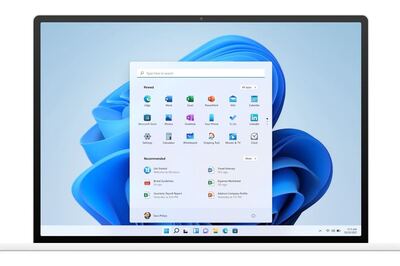
views
New York: Researchers have developed a new technique that consumes much less battery and bandwidth while processing images taken through smartphone cameras.
The system sends a highly compressed image to a central server, and the server sends back an even smaller file, which contains simple instructions for modifying the original image.
As smartphones become people's primary cameras, there is growing demand for built-in image-processing apps in smartphones.
But image processing quickly drain a cellphone's battery. Some mobile applications try to solve this problem by sending image files to a central server, which processes the images and sends them back.
But large images could incur costs for increased data usage.
Researchers from Massachusetts Institute of Technology (MIT), Stanford University and Adobe Systems have developed a system that can reduce the bandwidth consumed by server-based image processing by as much as 98.5 per cent, and the power consumption by as much as 85 per cent.
Study's first author Michael Gharbi from MIT said the technique could become more useful as image-processing algorithms become more sophisticated.
To save bandwidth, the new system sends out a very low-quality JPEG image.
The server system introduces some high-frequency noise into the image, which effectively increases its resolution.
Then the system breaks the image into chunks of 64-by-64 pixels. For each pixel patch of the uploaded image, the server sends back just 25 numbers.
The phone then performs the modifications described by those 25 numbers on its local, high-resolution copy of the image.
To the naked eye, the results are virtually indistinguishable from direct manipulation of the high-resolution image.
The results were presented at the Siggraph Asia conference held at Kobe, Japan, earlier this month.



















Comments
0 comment